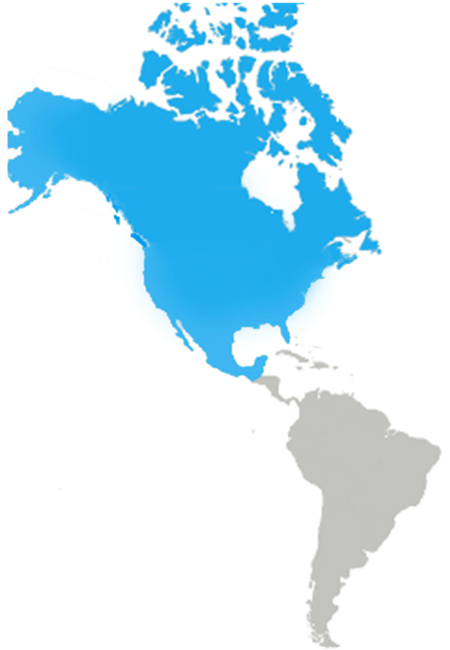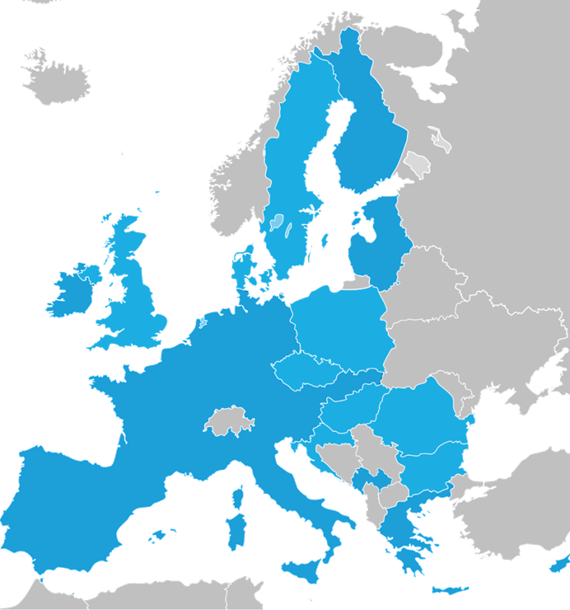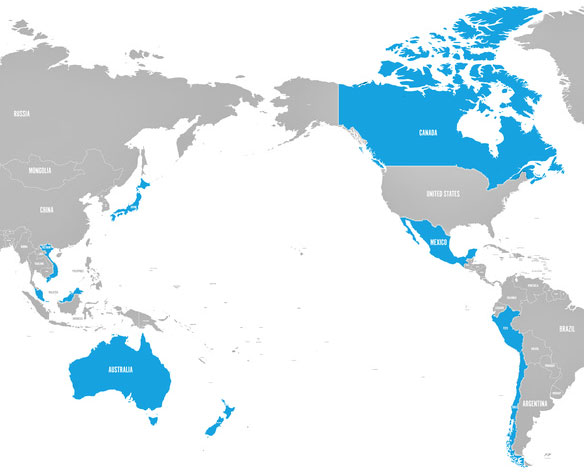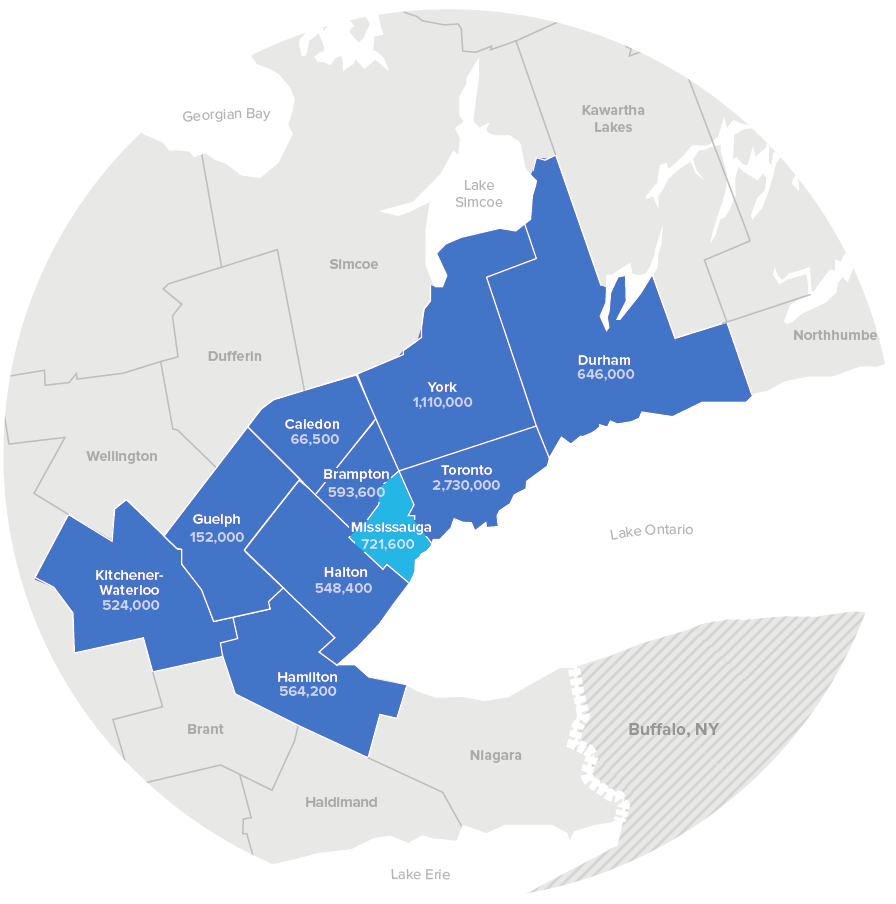Centrally located within the Toronto Region, Mississauga’s location provides a gateway to major Canadian and United States markets. Home to Canada’s largest airport, Mississauga businesses benefit from close proximity that makes import, export and travel seamless.
Our Location
Mississauga, Ontario, Canada
Our Region
One of North America's Largest Markets
The Toronto Region is home to a large base of consumers and business activity including 7.7 million people and 281,000 companies. Collectively, the region’s GDP in 2013 was approximately $560 billion (US), positioning it amongst the largest economies in North America with prominent innovation and tech hubs.
As one of the most diverse region’s in the world, the attraction of additional immigrants and foreign companies will continue. Through this growth, the region’s market size and economic presence will continue to expand.¹
¹ E& Y Technology & Innovation FDI Strategy Project, 2020
All remaining information pulled from Toronto Global Data, 2018
Distance & Proximity Map
Explore our interactive map below where you can navigate various sections including drive times, flight times, population density, highways and more.
Pearson International Airport (YYZ)
#1
Largest Airport in Canada
#1
Busiest Airport in Canada

Mississauga is home to Canada’s largest airport. Serving over 49 million passengers annually, Toronto Pearson International Airport (Pearson Airport) is a major global hub, providing Canadians with a gateway to the world. With over 330,000 surrounding jobs, the airport is home to the second largest employment zone in the country.
Pearson Airport is the fourth-largest global entry point into the U.S. It boasts flights to 210 destinations and more than 22 million trans-border passengers annually. Overall, Pearson Airport ranks second among North American airports for international connectivity.
Access to the World
Over 70% of the world’s economy is in reach with daily, non-stop flights serving 65 airlines and 210 destinations.
Access to Markets
More than 141 million people live within a 90 minute flight catchment area –more than any other region in North America.
Canada's Largest Airport
Serving over 49 million passengers annually, Pearson is a major global hub, providing travellers with a gateway to the world.
Canada's Largest Cargo Airport
Nearly half of all international air cargo leaving or entering Canada passes through Pearson. That's over 535,000 tonnes of cargo annually.
GTAA 2018 Annual Report, 2018 Data & Toronto Pearson International Airport Master Plan 2017-2037
Harbour & Ports

Mississauga is situated in between two of the largest ports on the Great Lakes: the Port of Toronto and the Port of Hamilton. Both Ports are located along Lake Ontario and have direct access to all other lake ports, as well as the Atlantic Ocean via the St. Lawrence Seaway.
Port of Toronto
The Port of Toronto, one of Canada's largest major inland ports, is situated on the northwest shore of Lake Ontario and is 18 kilometers (11 miles) east of Mississauga. Its provides access to 25% of Canada’s population and is no more than 1300 km (807 miles) from many of North America’s largest cities.¹
Port of Hamilton
The Port of Hamilton is Ontario's largest port. It is situated on the northwest shore of Lake Ontario and is 33 kilometers (21 miles) west of Mississauga. 28% of all cargo coming from the Canadian Great Lakes and St. Lawrence Seaway moves through this Port.²
¹ Ports Toronto, 2017 Data ² Hamilton-Oshawa Port Authority, 2017 Data
Global Trade Advantages
As part of Canada, Mississauga, offers 14 trade agreements with 51 countries, providing access to over 1.5 billion people and $9.3 trillion in combined GDP.

CUSMA
The Canada-United States-Mexico Agreement (CUSMA), signed in November 2018, modernizes and replaces the North American Free Trade Agreement (NAFTA).
- North America has nearly 486 million consumers
- Combinded GDP of nearly $2.2 trillion (USD)
- Total trilateral merchandise trade (the total of each country’s imports from one another) reached nearly US$1.1 trillion (2017).

CETA
The Canada-European Union Comprehensive Economic and Trade Agreement (CETA) ensures nearly 99% of EU tariffs are duty-free for Canadian goods and guarantees market access to both the EU and North America. No other top investment destination in the Americas can offer access to all 28 EU Member States.

CPTPP
The Comprehensive and Progressive Agreement for Trans-Pacific Partnership (CPTPP) gives companies operating in Canada preferential access to one of the largest trading blocs in the world, including key markets in Asia and Latin America.
Invest in Canada, 2019 Data
Our Transportation Connections
Mississauga has a secured commitment to strengthen its travel connections so that local residents, workers and visitors can sustainably gain access to future economic opportunities and markets. The city’s strategic priority is to enhance the transit focused network to support Mississauga’s growth ambitions and connections.
View Transit Maps (.pdf)
Interested in learning more about our access to markets?
Don’t just hear it from us
Howard & Alan
Alan Smithson is the CEO of MetaVRse, a Virtual, augmented and mixed reality (XR) firm. Howard Eng is the former President & CEO of the Greater Toronto Airports Authority. Together, they speak about the benefits of having Canada’s largest airport servicing Mississauga citizens and beyond.



